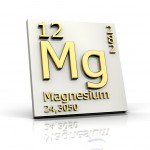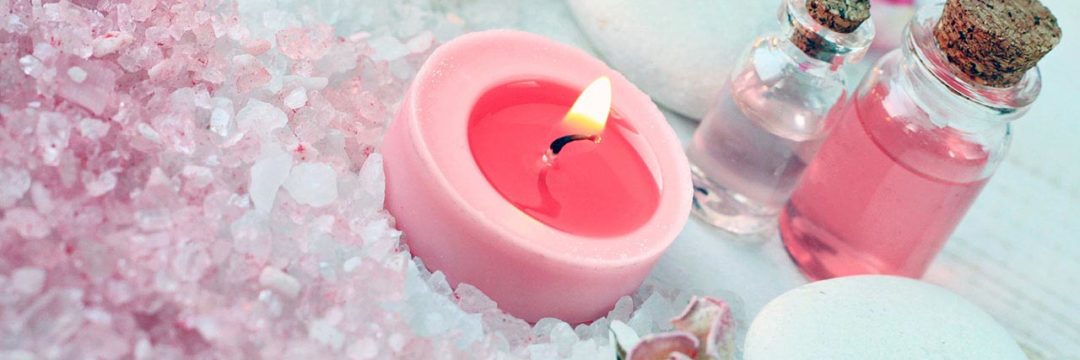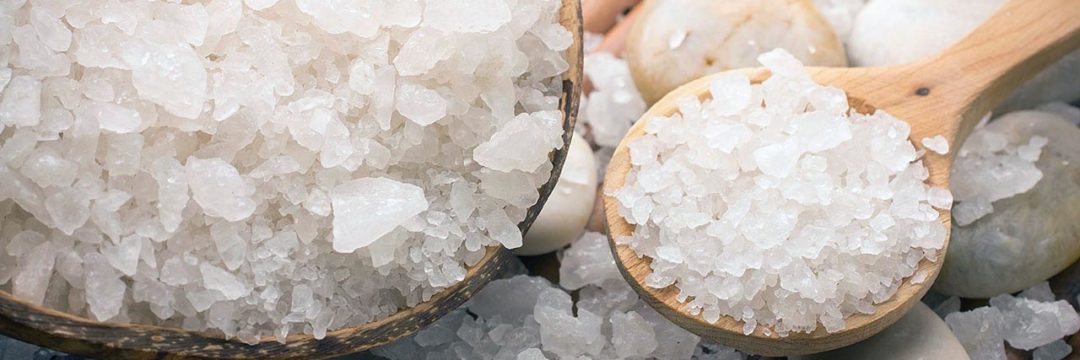When looking for an exact chemical composition of Epsom salt on Internet, you can sometimes come across information that is not correct. Epsom salt is often referred to as MgSO4, while in fact it is MgS04-7H2O . Hence, a little bit of science behind magnesium and magnesium compounds:
 Mg = magnesium
Mg = magnesium- MgSO4 = magnesium sulfate devoid of water (anhydrous magnesium sulfate)
- MgS04-7H2O = hydrated magnesium sulfate (magnesium sulphate heptahydrate) = Epsom salt
What is MgSO4 – anhydrous magnesium sulfate?
A substance is said to be anhydrous if it contains no water. Anhydrous magnesium sulfate is then magnesium sulfate devoid of water. Anhydrous magnesium sulfate is strongly hygroscopic. That means it is able to attract and hold water molecules from the surrounding environment. It can be used as a drying agent to remove excessive humidity. Anhydrous magnesium sulfate is prepared only by the dehydration of a hydrate. It is therefore much denser than the Epsom salt that is the magnesium sulfate in its hydrated form.
What is MgS04-7H2O – magnesium sulfate heptahydrate?
Hydrate is a term used in chemistry to indicate that a substance contains water. Heptahydrate is a hydrate containing seven molecules of water. Hence, Epsom salt is magnesium sulfate containing seven molecules of water. That makes it less dense as anhydrous magnesium sulfate – Epsom salt contains about 10 % of magnesium, while anhydrous magnesium sulfate about 20 %.
Hydrate form of magnesium sulfate is preferred when preparing solutions, for example in medical preparations because the anhydrous magnesium sulfate absorbs water from the air and is therefore difficult to weigh accurately.
Epsom salt is highly soluble in water, providing ion Mg2+ that gives the water its sour taste. That is why it is sometimes called bitter salt.





